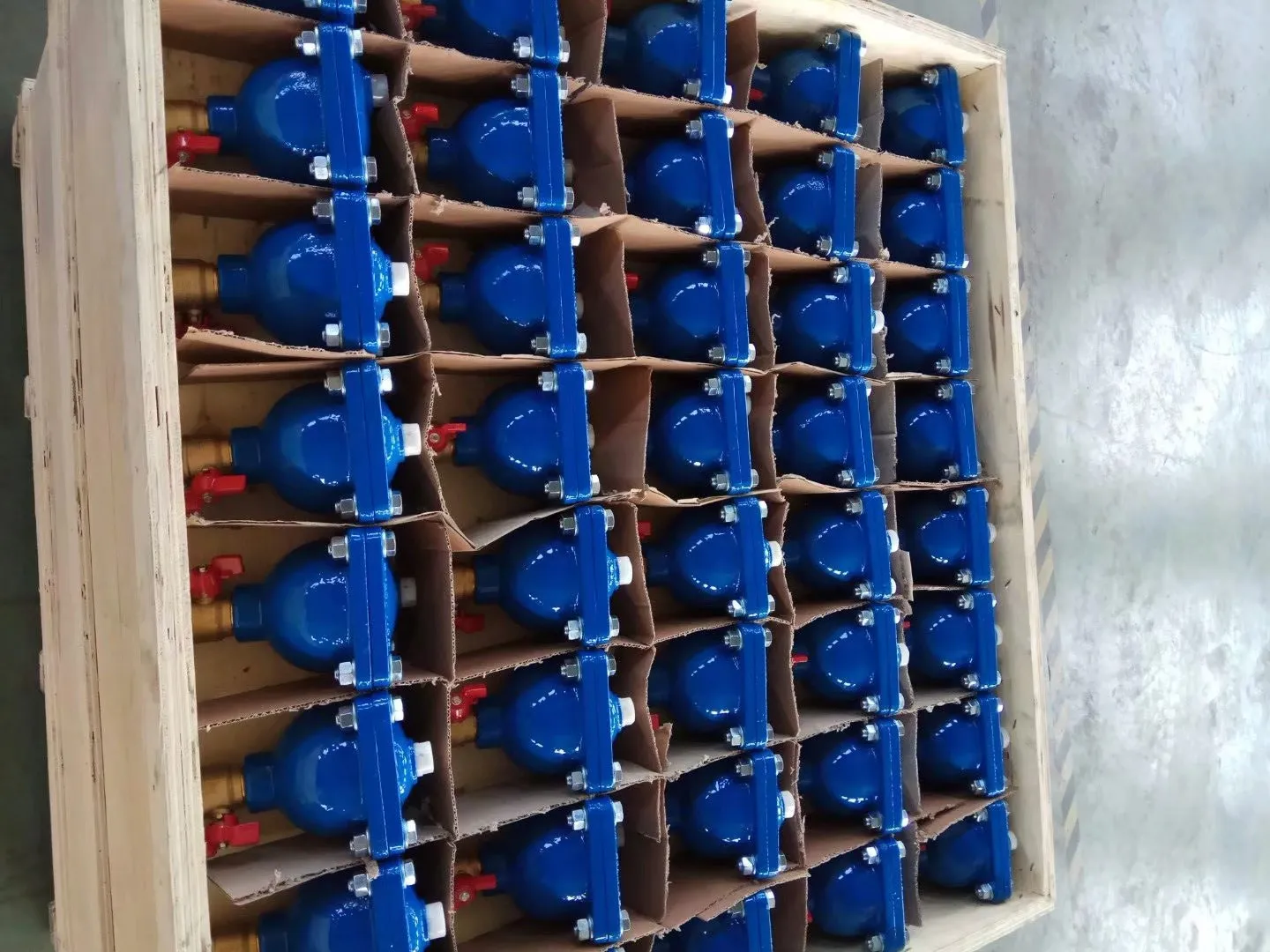modulating butterfly valve
Understanding Modulating Butterfly Valves A Key Component in Fluid Control Systems
In modern industrial applications, controlling the flow of fluids is essential for the optimal operation of various processes. One of the critical components employed in achieving this is the modulating butterfly valve. This type of valve plays a significant role in efficient flow management, making it a preferred choice in numerous sectors, including water treatment, oil and gas, and chemical processing.
What is a Modulating Butterfly Valve?
A modulating butterfly valve is a quarter-turn valve that consists of a rotating disc that regulates the flow of fluid through it. The disc is mounted on a shaft, and as this shaft rotates, the position of the disc changes, allowing for precise control over the flow rate. The term modulating refers to the ability of the valve to adjust the flow continuously, as opposed to simply being in an open or closed position.
The design of the butterfly valve allows for minimal pressure drop, making it suitable for various applications where energy efficiency is a priority. Typically, these valves are made from durable materials such as stainless steel, cast iron, or plastic, which can withstand different pressures and environmental conditions.
Benefits of Modulating Butterfly Valves
1. Precise Flow Control One of the primary advantages of modulating butterfly valves is their ability to provide precise control over flow rates. By adjusting the disc angle, operators can fine-tune the flow to meet specific process requirements, enhancing overall system efficiency.
2. Space Efficiency Modulating butterfly valves have a compact design, taking up less space compared to other types of control valves. This is particularly advantageous in installations where space is limited and maximizing room is crucial.
modulating butterfly valve

3. Rapid Operation The quarter-turn mechanism of butterfly valves allows for quick opening and closing. This rapid operation is beneficial in applications requiring immediate response to changes in system conditions, such as pressure fluctuations.
4. Reduced Maintenance Butterfly valves generally require less maintenance than other valve types. Their simple design minimizes the number of moving parts, reducing the likelihood of failure and the need for frequent servicing.
5. Versatility These valves can handle a wide range of fluids, including slurries, gases, and liquids, making them highly versatile. Their adaptability means they can be utilized across multiple industries, from wastewater management to chemical production.
Applications in Industry
Modulating butterfly valves are widely used in various industries due to their reliable performance and efficiency. In the water treatment sector, they help regulate the flow of water in treatment plants, ensuring effective purification processes. In the oil and gas industry, these valves control the flow of hydrocarbons, contributing to the safe and efficient transport of these valuable resources.
In chemical processing, modulating butterfly valves play a crucial role in mixing and controlling chemical reactions by precisely adjusting the flow of reactants. They are also commonly found in HVAC systems, where they regulate airflow to optimize heating and cooling efficiencies.
Conclusion
As industries continue to seek more efficient and reliable methods for fluid control, modulating butterfly valves stand out as vital components that combine functionality with durability. Their capability to provide precise flow control, along with space-saving designs and low maintenance requirements, solidifies their place in modern engineering applications. As technology advances, the development of even more innovative butterfly valve designs is anticipated, further enhancing their efficiency and applicability across various sectors. Understanding and implementing modulating butterfly valves can lead to significant improvements in operational efficiency and process control, ensuring organizations remain competitive in an ever-evolving market.
-
The Smarter Choice for Pedestrian AreasNewsJun.30,2025
-
The Gold Standard in Round Drain CoversNewsJun.30,2025
-
The Gold Standard in Manhole Cover SystemsNewsJun.30,2025
-
Superior Drainage Solutions with Premium Gully GratesNewsJun.30,2025
-
Superior Drainage Solutions for Global InfrastructureNewsJun.30,2025
-
Square Manhole Solutions for Modern InfrastructureNewsJun.30,2025
-
Premium Manhole Covers for Modern InfrastructureNewsJun.30,2025
